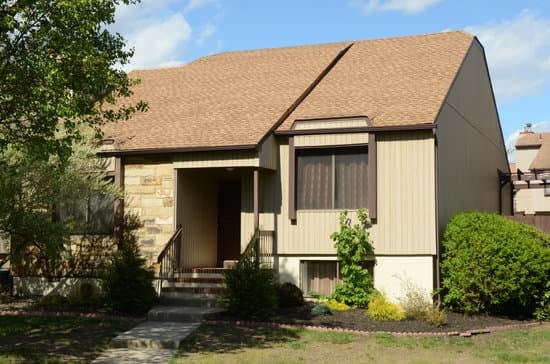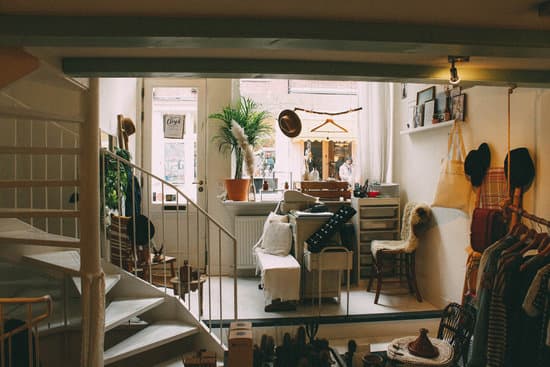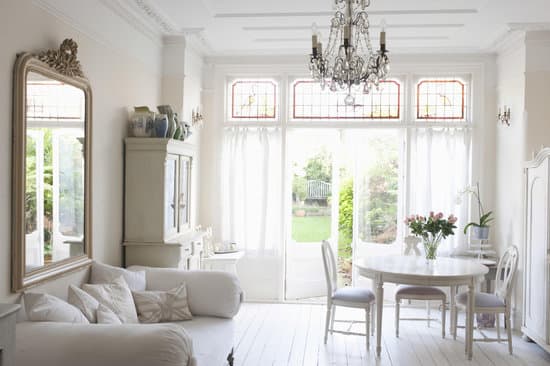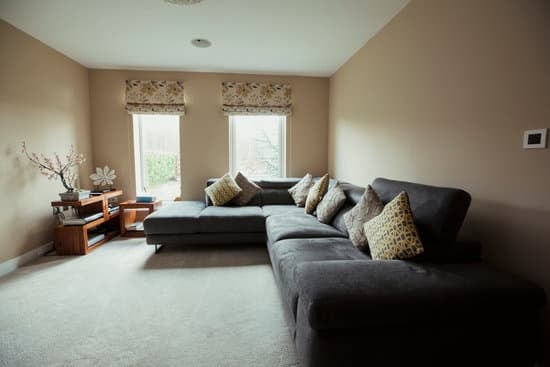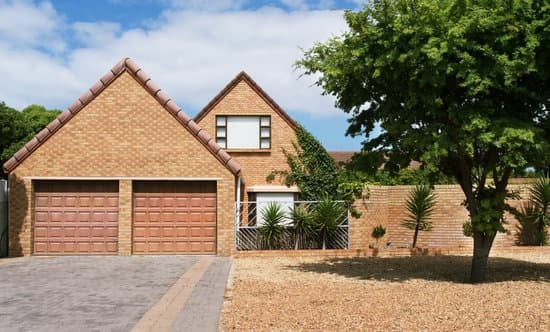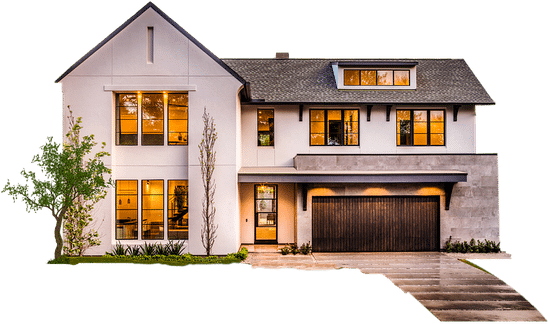The myth of log cabins burning easily
It is a common misconception that log cabins are more susceptible to fire due to their wooden construction. However, this belief is not entirely true. Log cabins are safe and secure, and in many cases, they may be even safer than houses built with traditional frames.Understanding the safety of log cabin homes
Log cabins are constructed with solid logs, which are naturally fire-resistant. They burn slowly and are less likely to catch fire compared to lumber used in traditional frame construction. Additionally, the tight fit of the logs together results in fewer gaps and spaces for oxygen to fuel flames.Factors that make log cabins more secure
There are several factors that make log cabins more secure than traditional frame homes. These include:- Thickness of logs: Typically, the walls of a log cabin are made from logs that are at least six inches thick, providing a strong barrier against fire.
- Lack of air circulation: The logs used in constructing log cabins fit tightly together with very few gaps, which impedes airflow and reduces the amount of oxygen that can fuel a fire.
- Less flammable material: Since log cabins are constructed with solid logs without the addition of insulation, it means there is less flammable material in the house compared to traditional frame houses, reducing fire risk.
Comparing log homes to traditional frame construction
Log homes are undoubtedly more secure than traditional frame construction. The wooden frames used in traditional construction can quickly ignite due to their lighter and thin composition, making them more susceptible to fire than log cabins. Additionally, the firefighting techniques used for log cabins are more effective than those used for traditional frame construction.The role of fire retardants in log cabin safety
Fire retardants are commonly used in log cabin homes to make them even more fire-resistant. These retardants can be sprayed on the logs to prevent the spread of flames. There are also fire-resistant materials that can be used for roofing and walls, adding an extra layer of protection.Tips for maintaining a safe log cabin home
Here are some tips for maintaining a safe log cabin home:- Make sure that your chimney is clean: An uncleaned chimney is a fire risk, so be sure to keep it clean.
- Install fire alarms: Fire alarms are important safety devices that can alert you in the event of a fire.
- Be careful with candles: Always be cautious when using candles, keep them away from flammable materials, and never leave them unattended.
- Regularly inspect electrical wiring: Faulty electrical systems can start fires, so you must have them regularly inspected by a qualified electrician.
- Keep fire extinguishers handy: Have fire extinguishers readily available and make sure everyone in your household knows how to use them.




